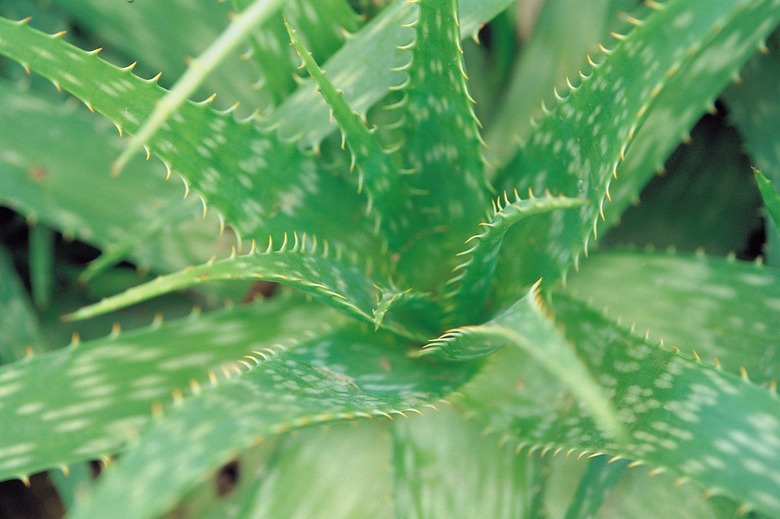What Are The Specialized Cells That Make Up Vascular Tissue?
Vascular tissue is a term referring to the parts of plants that convey water and nutrients from one part of the organism to another. Vascular tissue function is analogous to that of the cardiovascular system in animals, though obviously lacking in the central "pump" element that animals possess in the form of a heart.
Two subtypes of specialized tissue make up the vascular tissue in plants: xylem and phloem. Each of these tissues includes a number of specialized cells. Vascular tissue contributes to the structural integrity of the plant as a whole, and by conveying critical substances required for growth and repair from place to place – often over considerable distances – vascular tissue plays a vital role in the moment-to-moment health of plants.
Overview of Plant Systems
Overview of Plant Systems
Plants, like other organisms, can be viewed as integrated systems that include different organs as well as specialized tissue and cell types related to particular functions of the different organs.
Plants consist generally of roots, stems and leaves. The roots are mostly underground, whereas the other two organs are mostly (stems) or entirely (leaves) above the ground and are together known as the shoot system.
The three types of tissue in plants are ground tissue, dermal tissue and vascular tissue. All three organ types contain some of each type of tissue, though not in equal proportions. The different cell types included in vascular tissue – tracheids, vessel elements, companion cells and sieve tubes – are discussed later.
The History of Vascular Plants
The History of Vascular Plants
The first vascular plants date back to about 410 to 430 million years ago, which makes these trees close to eight times as old as mammals (as a point of comparison, dinosaurs are believed to have gone extinct about 65 million years ago). These plants had no roots or leaves, only stems that served all of the functions of these early plants.
Some of these plants from the far reaches of biological antiquity remain on Earth today. For example, lycophytes, which are nondescript in the present time, once featured individual plants that were over 35 meters (about 115 feet) tall.
Vascular Tissue Definition
Vascular Tissue Definition
Xylem and phloem are two well-defined types of vascular tissue. Perhaps the most notable distinction between them is that xylem, which makes up most of the substance of wood, consists of the cell-wall remains of dead cells, whereas xylem contains living cells that include cytoplasm and cell membranes.
Xylem transports water and minerals from the ground up through the stem of the plant to the leaves and reproductive apparatus. Phloem, which runs mostly outside xylem (the two always appear concurrently), conducts sugars and other nutrients made during photosynthesis to other sites in the plant.
Vascular Tissue Cell Types
Vascular Tissue Cell Types
Xylem includes specialized cells called tracheids and vessel elements. Tracheids appear in all vascular plants, while vessel elements are found only in certain species, such as angiosperms. These cells are tubular, as befitting structures meant for moving water, and they have openings called pits at their ends to allow some water to be exchanged between different cells. As noted, these cells are dead when they are functioning, with only their cells walls remaining.
Phloem includes specialized cells of its own: sieve cells and companion cells. Sieve cells conduct sugars and other small molecules, and the cells have sieve plates at the end whose function is similar to that of pits in xylem cells. While alive at maturity, they are nevertheless missing most of their original internal components. Companion cells, as the name hints at, serve as structural support cells for the sieve cells, and they are metabolically active.
Cite This Article
MLA
Beck, Kevin. "What Are The Specialized Cells That Make Up Vascular Tissue?" sciencing.com, https://www.sciencing.com/specialized-cells-make-up-vascular-tissue-18271/. 4 June 2019.
APA
Beck, Kevin. (2019, June 4). What Are The Specialized Cells That Make Up Vascular Tissue?. sciencing.com. Retrieved from https://www.sciencing.com/specialized-cells-make-up-vascular-tissue-18271/
Chicago
Beck, Kevin. What Are The Specialized Cells That Make Up Vascular Tissue? last modified March 24, 2022. https://www.sciencing.com/specialized-cells-make-up-vascular-tissue-18271/
